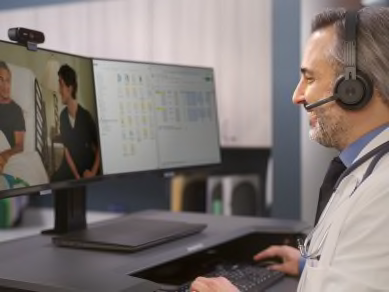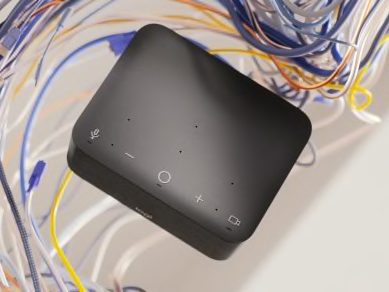Pangea temporary hotfixes here
Insights
Gain a deeper understanding of collaboration trends that are driving innovation and change.
Product Resources
Explore data sheets, brochures, and Logitech device details that empower the new logic of work.
Customer Stories
Learn how Logitech products are helping companies achieve their collaboration goals.
Enabling Flexible Work
Featured Resources
Knowledge is power. Explore our most popular resources and gain insights on the latest trends.

Insights
How Organizations Can Achieve Sustainability Goals
Sustainable IT represents an opportunity for IT leaders to contribute to a company’s sustainability goals through strategic procurement decisions. Here’s how.

Insights
The Impacts of Video on Patient and Clinician Experiences
Read this article to learn what patients and providers think about the current state of the telehealth experience

Insights
The only remote work tools workers really need
Learn how IT can reduce support requests and help remote teams thrive with curated collaboration and productivity tools.

Insights
A Better Vision for Hybrid Meeting Equity
Read this article to learn how to ensure an equal experience between remote and in-person meeting participants
Latest Resources

Insights
How Organizations Can Achieve Sustainability Goals
Sustainable IT represents an opportunity for IT leaders to contribute to a company’s sustainability goals through strategic procurement decisions. Here’s how.

Insights
A Better Vision for Hybrid Meeting Equity
Read this article to learn how to ensure an equal experience between remote and in-person meeting participants

Insights
The Impacts of Video on Patient and Clinician Experiences
Read this article to learn what patients and providers think about the current state of the telehealth experience

Insights
The only remote work tools workers really need
Learn how IT can reduce support requests and help remote teams thrive with curated collaboration and productivity tools.